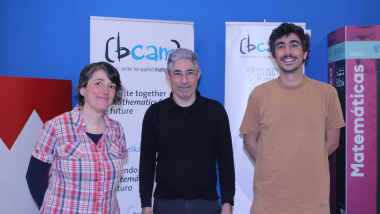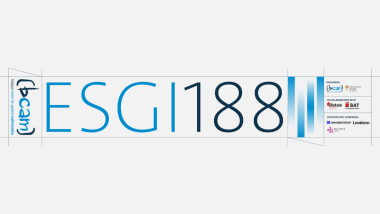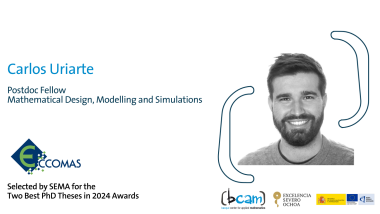Four mathematicians receive the Princess of Asturias Award for Scientific and Technical Research 2020
Yves Meyer, Ingrid Daubechies, Terence Tao and Emmanuel Candès have been awarded for their "pioneering and far-reaching contributions to modern theories and techniques of mathematical data and signal processing"
Yesterday we learned that the Princess of Asturias Award for Scientific and Technical Research 2020 has been granted to four exceptional mathematicians, Yves Meyer, Ingrid Daubechies, Terence Tao and Emmanuel Candès, who have in common the work they have done on the so-called “wavelets". According to the jury, the "pioneering and transcendental" contributions to the modern theories and techniques of mathematical data and signal processing developed by these four researchers "highlight the unifying and transversal role of mathematics in different scientific and engineering disciplines, with practical solutions applicable in many fields, and constitute an example of the usefulness of work in pure mathematics".
It was Yves Meyer himself, in the courses he gave at the Universidad Autónoma de Madrid (UAM) when the theory was being developed at the end of the 1980s, who translated this term into Spanish as Ondículas, as they are a mixture of wave and particle. The theory of wavelets can be understood as the modern version of Fourier Analysis, a mathematical technique that has proved to be very versatile in its applications to both real life and mathematics itself. J-B J. Fourier was a French mathematician and physicist of the first half of the nineteenth century.
The use of wavelets has led to unsuspected applications in a wide variety of scenarios, as diverse as computational harmonic analysis, data compression, noise reduction, medical imaging, deconvolution of Hubble Space Telescope images, and the recent detection (LIGO) of gravitational waves created by the collision of two black holes. In essence, it is a matter of breaking down any signal, whether acoustic, optical, or of any kind, or in general any function (for example, series of economic, social data, or image pixels) into its elementary pieces in such a way that knowing only a part you understand the whole, in the same way that from a few musical notes a melody is constructed.
At the Basque Center for Applied Mathematics - BCAM we have a strong relationship with two of the award winners; Yves Meyer and Terence (Terry) Tao. My relationship with Yves dates back precisely to when he was a PhD student at UAM. As for Terry, the work I did with him, and with UAM professor Ana Vargas in the late 1990s, is one that I am particularly happy about. On the one hand we established a new "record" in a difficult problem about the interaction of waves, a problem that is at the heart of the wave-particle duality and that remains unsolved. And on the other hand, it was an exciting moment in which we saw the work of several years bear fruit; it was undoubtedly a real pleasure to work with both.
More information:
- Statement of the Princess of Asturias Foundation about this award
- Biographies of the awarded mathematicians
Related news
Zentroari buruz
Zentroari buruz
ESGI 188 (European Study Group with Industry) Bilbon izango da 2025eko maiatzaren 26tik 30era
BCAM pertsonak




